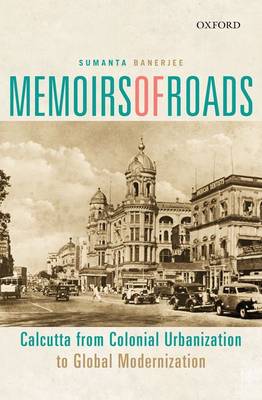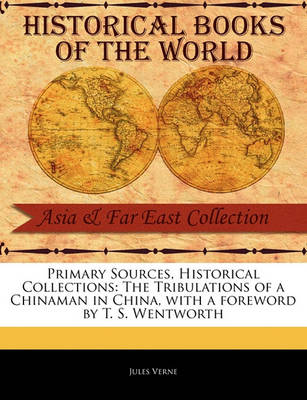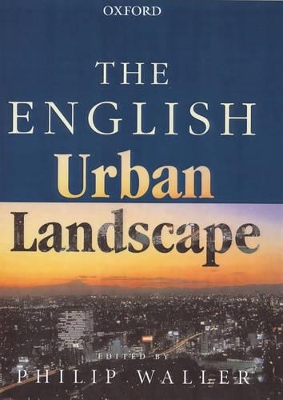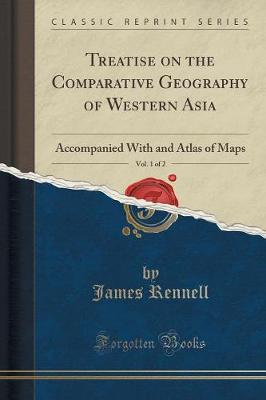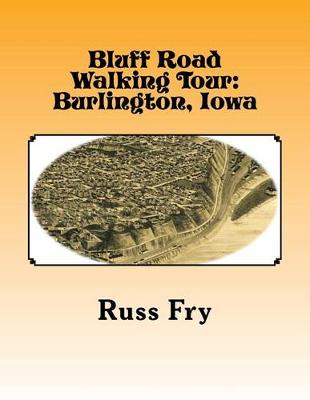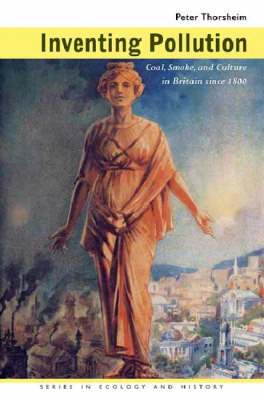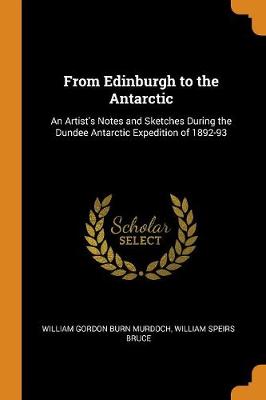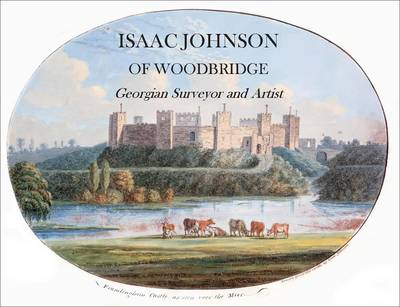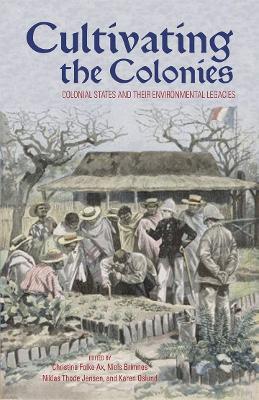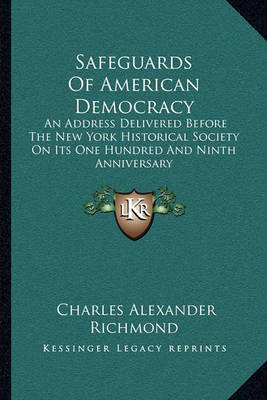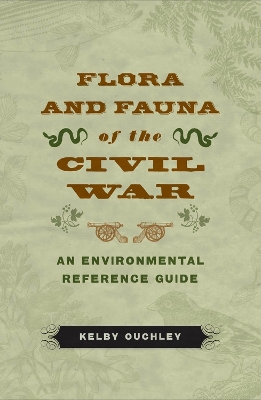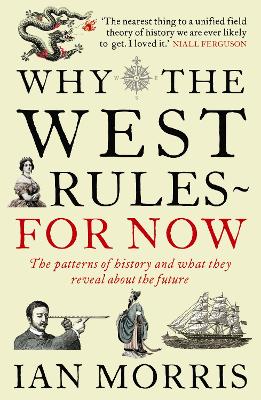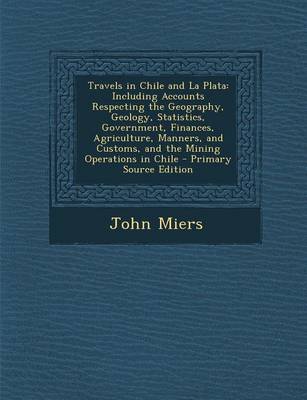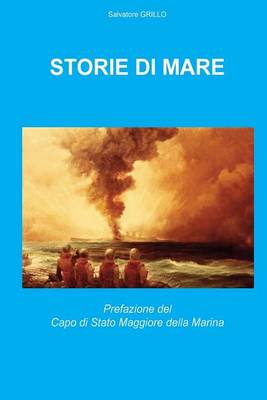In seventeenth-century India, the fates of three little hamlets were forever changed when East India Company officials chose them to be developed into a city suitable for their settlement. Thus was born Calcutta. In Memoirs of Roads, Banerjee journeys through time and narrates the story of three of the arterial roads of British India's first capital. And through their story, he presents an engrossing history of the development of this remarkable urban landscape, which became a melting pot of I...
Primary Sources, Historical Collections (Primary Sources, Historical Collections)
by Jules Verne
Primary source material This book, from the series Primary Sources: Historical Books of the World (Asia and Far East Collection), represents an important historical artifact on Asian history and culture. Its contents come from the legions of academic literature and research on the subject produced over the last several hundred years. Covered within is a discussion drawn from many areas of study and research on the subject. From analyses of the varied geography that encompasses the Asian contine...
A volume on the history of the English urban environment that will appeal to both general readers and academic specialists. The emphasis throughout is emphatically that of the historian, rather than the physical geographer: that is, a primary focus on the people who make the landscapes, the changing social structure of the communities, and the different economies which sustained them. The text is enhanced by 130 integrated illustrations, including half-tones and diagrams. The thirteen chapters c...
Treatise on the Comparative Geography of Western Asia, Vol. 1 of 2
by James Rennell
Britain's supremacy in the nineteenth century depended in large part on its vast deposits of coal. This coal not only powered steam engines in factories, ships, and railway locomotives but also warmed homes and cooked food. As coal consumption skyrocketed, the air in Britain's cities and towns became filled with ever-greater and denser clouds of smoke. In this far-reaching study, Peter Thorsheim explains that, for much of the nineteenth century, few people in Britain even considered coal smoke t...
A Historical Description of Westminister Abbey Its Monuments and Curiosities
by Anonymous
From Edinburgh to the Antarctic (Cambridge Library Collection - Polar Exploration)
by William Gordon Burn Murdoch and William Speirs Bruce
Scottish artist W. G. Burn Murdoch (1862-1939) joined a whaling expedition to Antarctica that left Dundee in 1892. He was on board the barque Balaena, the largest of the ships in the group, and under the command of Captain Fairweather. They were searching for the valuable Bowhead whale, which had been sighted on Ross' 1839-43 Antarctic expedition. Although unsuccessful at achieving this aim, the ships returned in 1893 loaded with seal pelts. First published in 1894, this is Murdoch's account of...
In the age of MapQuest and GPS, we take cartographic literacy for granted. We should not; the ability to find meaning in maps is the fruit of a long process of exposure and instruction. A ""carto-coded"" America - a nation in which maps are pervasive and meaningful - had to be created. The Social Life of Maps tracks American cartography's spectacular rise to its unprecedented cultural influence. Between 1750 and 1860, maps did more than communicate geographic information and political pretensi...
The Brandenburg Gate, seen in times of war and peace. The Kaiser Wilhelm memorial, once towering over a large square, is now long gone. The Berlin Wall, an icon of a divided city, now not much more than memory. The images of Berlin's history tell a story that moves from prosperity to chaos, ruin to restriction, before returning once again to stability and confidence. In Berlin Then and Now, vintage black-and-white photographs from throughout the life of the city are seen next to amazing color ph...
The essays collected in Cultivating the Colonies demonstrate how the relationship between colonial power and nature reveals the nature of power. Each essay explores how colonial governments translated ideas about the management of exotic nature and foreign people into practice, and how they literally \u201cgot their hands dirty\u201d in the business of empire. The eleven essays include studies of animal husbandry in the Philippines, farming in Indochina, and indigenous medicine in India. They a...
With Peary Near the Pole. Translated by H. J. Bull. with Maps. - Scholar's Choice Edition
by Eivind Astrup and Henrik Johan Bull
Flora and Fauna of the Civil War
During the Civil War, humans impacted plants and animals on an unprecedented scale as soldiers on both sides waged the most environmentally destructive war ever on American soil. Refugees and armies alike tramped across the landscape foraging for food, shelter, and fuel. Wild plants and animals formed barriers for armies and carried disease, yet also provided medicine and raw materials necessary to implement war, greatly influencing the day-to-day life of soldiers and civilians. Of the thousands...
Why did British boats shoot their way up the Yangzi in 1842, rather than Chinese ones up the Thames? Why do Easterners use English more than Europeans speak in Mandarin or Japanese? To put it bluntly, why does the West rule? There are two schools of thought: the 'Long-Term Lock In' theory, suggesting some sort of inevitability, and the 'Short-Term Accident' theory. But both approaches have misunderstood the shape of history. Ian Morris presents a startling new theory. He explains with flair and...
Travels in Chile and La Plata (Cambridge Library Collection - Latin American Studies)
by John Miers
The botanist and mining engineer John Miers (1789-1879) published Travels in Chile and La Plata in 2 volumes in 1826. The work is an account of his travels and residence in Chile between 1818 and 1825 and his investigations into the cultural, political, geographical and botanical aspects of the country. It is richly illustrated with maps and his own drawings. The work is most valuable for the data it contains from Miers' research into the plants and birds he found there. It includes drawings and...
Sir Francis Bond Head (1793-1875) known as 'Galloping Head', was a soldier who later served as lieutenant-governor of Upper Canada, but who was dismissed from his post when rebellion broke out there in 1837. Before this, he had tried unsuccessfully to set up a mining company in Argentina. It is from this period of his life that the characteristically entitled Rough Notes Taken During Some Rapid Journeys Across the Pampas and Among the Andes (published in 1826) were written, in a headlong and joc...
The Frozen Zone and its Explorers (Cambridge Library Collection - Polar Exploration)
This account by three American authors of one thousand years of exploration in the Arctic regions, culminating in the voyage and loss of the USS Polaris in 1872, was published in 1874. The work, which is derived from many earlier published accounts, begins with a short and highly sentimental biography of the famous American explorer Elisha Kane (whose own works are reissued in this series). It continues with the geography of the Arctic regions, and the voyages of the Vikings and early modern exp...

